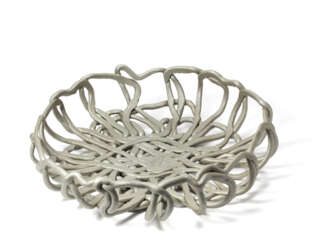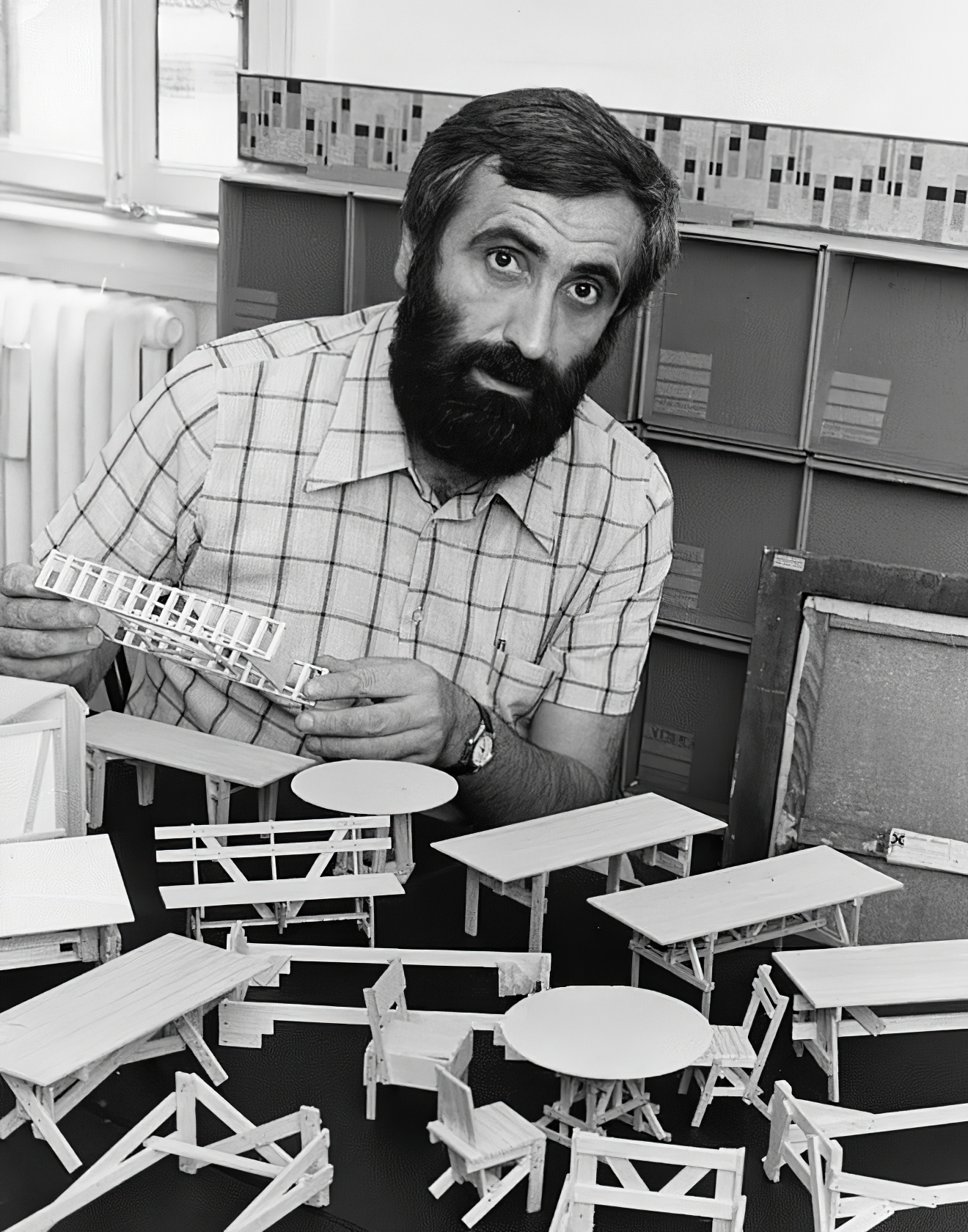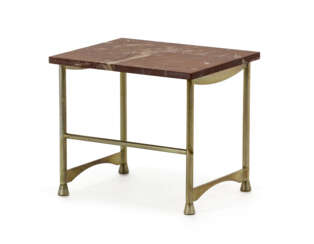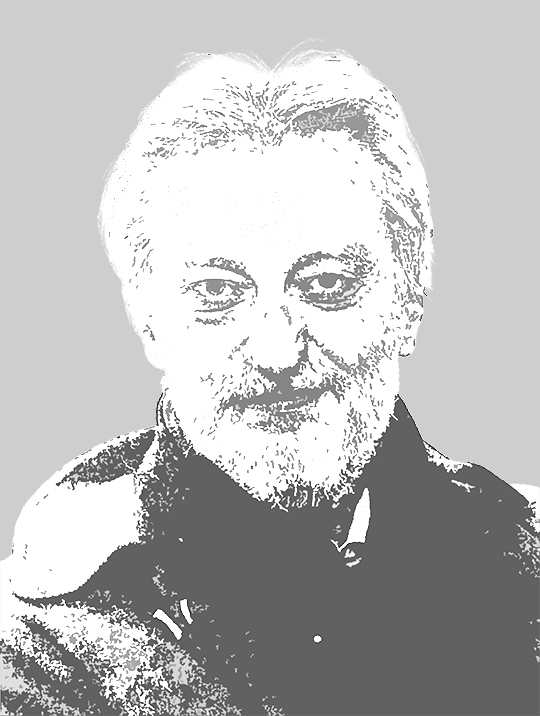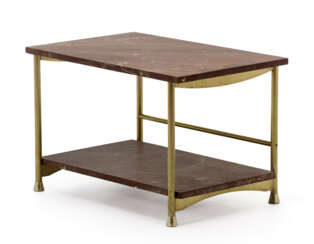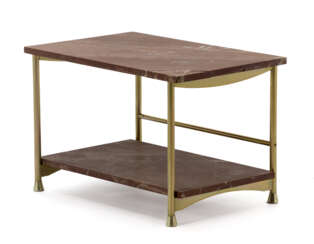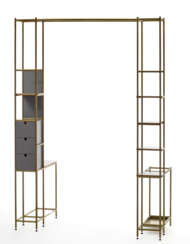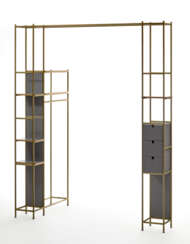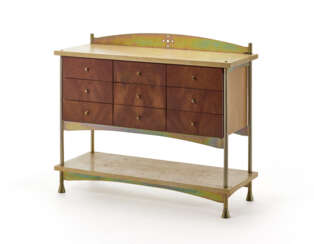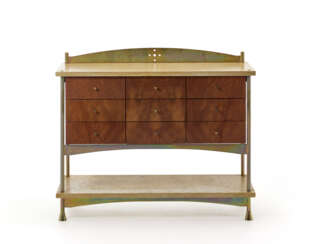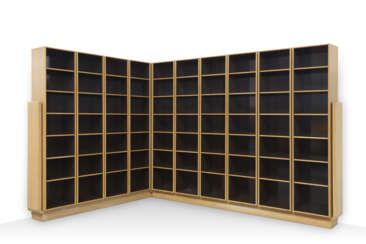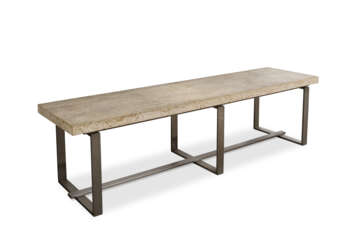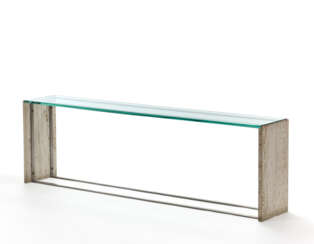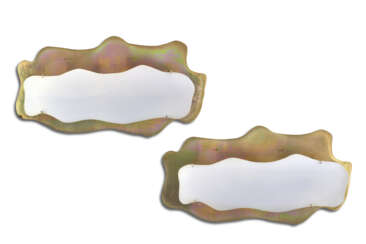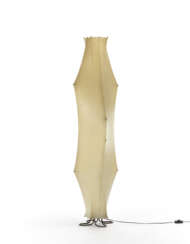
622 I Session III: Arti Decor. del '900 & Design

Gaetano Pesce is an Italian architect and a design pioneer of the 20th century. Pesce was born in La Spezia in 1939, and he grew up in Padua and Florence. During his 50-year career, Pesce has worked as an architect, urban planner, and industrial designer. His outlook is considered broad and humanistic, and his work is characterized by an inventive use of color and materials, asserting connections between the individual and society, through art, architecture, and design to reappraise mid-twentieth-century modern life.

Gaetano Pesce is an Italian architect and a design pioneer of the 20th century. Pesce was born in La Spezia in 1939, and he grew up in Padua and Florence. During his 50-year career, Pesce has worked as an architect, urban planner, and industrial designer. His outlook is considered broad and humanistic, and his work is characterized by an inventive use of color and materials, asserting connections between the individual and society, through art, architecture, and design to reappraise mid-twentieth-century modern life.

Gaetano Pesce is an Italian architect and a design pioneer of the 20th century. Pesce was born in La Spezia in 1939, and he grew up in Padua and Florence. During his 50-year career, Pesce has worked as an architect, urban planner, and industrial designer. His outlook is considered broad and humanistic, and his work is characterized by an inventive use of color and materials, asserting connections between the individual and society, through art, architecture, and design to reappraise mid-twentieth-century modern life.

Gaetano Pesce is an Italian architect and a design pioneer of the 20th century. Pesce was born in La Spezia in 1939, and he grew up in Padua and Florence. During his 50-year career, Pesce has worked as an architect, urban planner, and industrial designer. His outlook is considered broad and humanistic, and his work is characterized by an inventive use of color and materials, asserting connections between the individual and society, through art, architecture, and design to reappraise mid-twentieth-century modern life.

Gaetano Pesce is an Italian architect and a design pioneer of the 20th century. Pesce was born in La Spezia in 1939, and he grew up in Padua and Florence. During his 50-year career, Pesce has worked as an architect, urban planner, and industrial designer. His outlook is considered broad and humanistic, and his work is characterized by an inventive use of color and materials, asserting connections between the individual and society, through art, architecture, and design to reappraise mid-twentieth-century modern life.
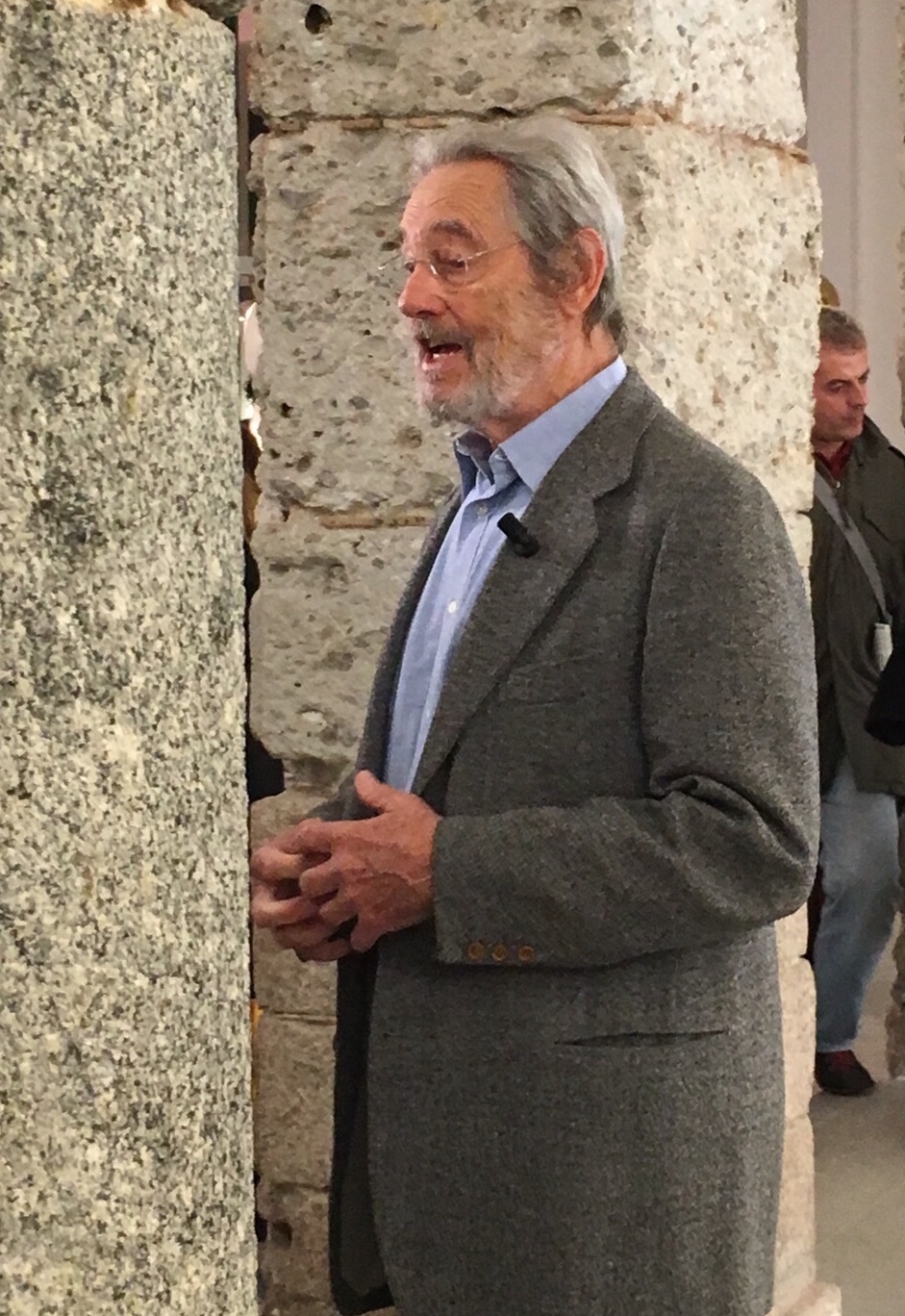
Afra and Tobia Scarpa are award winning postmodern Italian architects and designers. Their pieces can be found in museums across the United States and Europe, including collections in MoMA and the Louvre Museum. They have collaborated with companies such as B&B Italia, San Lorenzo Silver, and Knoll International. They have won a number of awards such as the Compasso d'Oro in 1969 to the International Forum Design in 1992. Their design work consists of architecture and everyday household items including, furniture, clothing, interior design, art glass. They focused on the technical and aesthetic possibilities of materials in their designs. The couple was greatly influenced by Tobia’s father, Carlo Scarpa, a Venetian architect and designer.
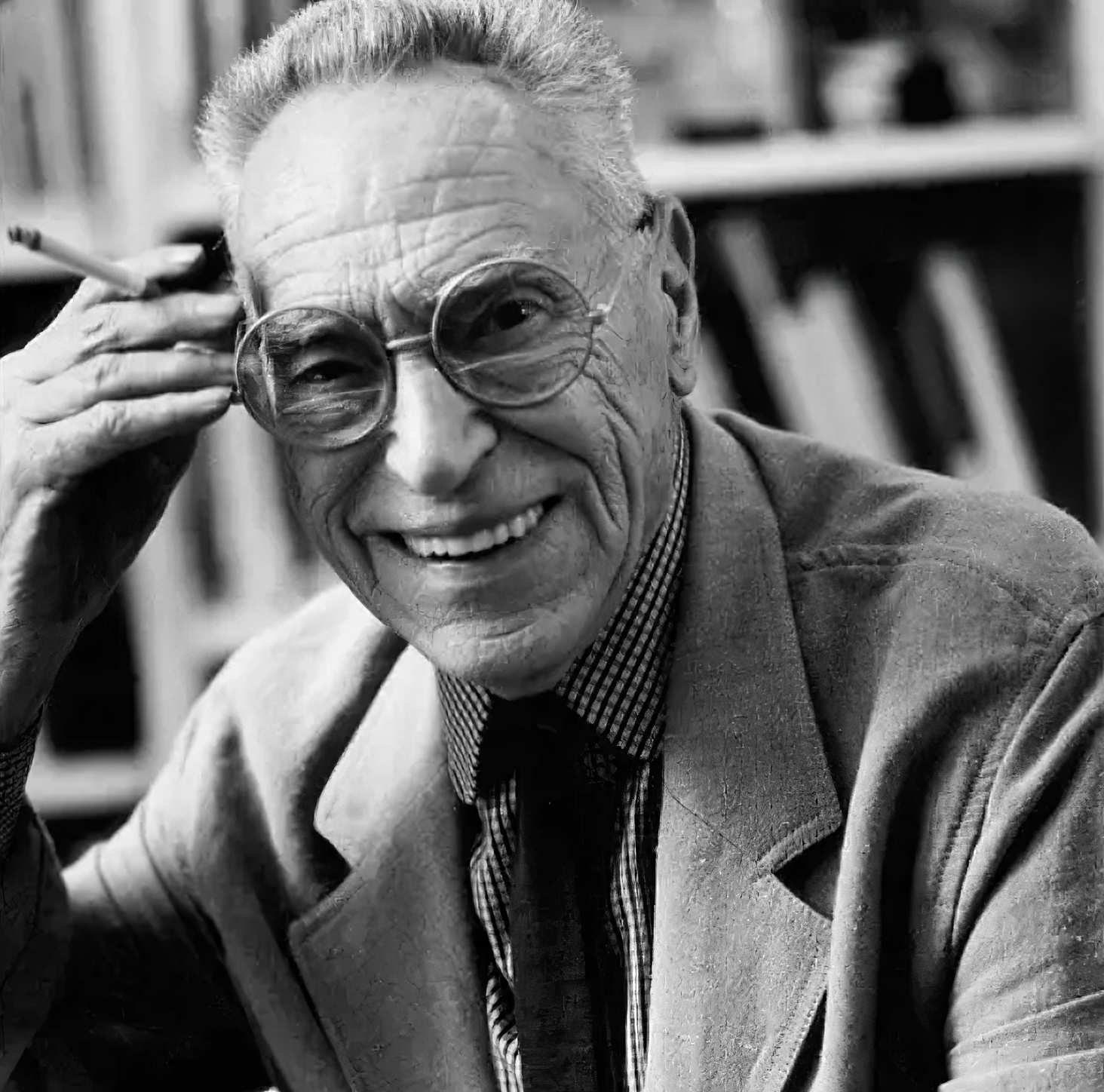
Achille Castiglioni was an Italian architect and designer of furniture, lighting, radiograms and other objects. As a professor of design, he advised his students "If you are not curious, forget it. If you are not interested in others, what they do and how they act, then being a designer is not the right job for you."

Achille Castiglioni was an Italian architect and designer of furniture, lighting, radiograms and other objects. As a professor of design, he advised his students "If you are not curious, forget it. If you are not interested in others, what they do and how they act, then being a designer is not the right job for you."
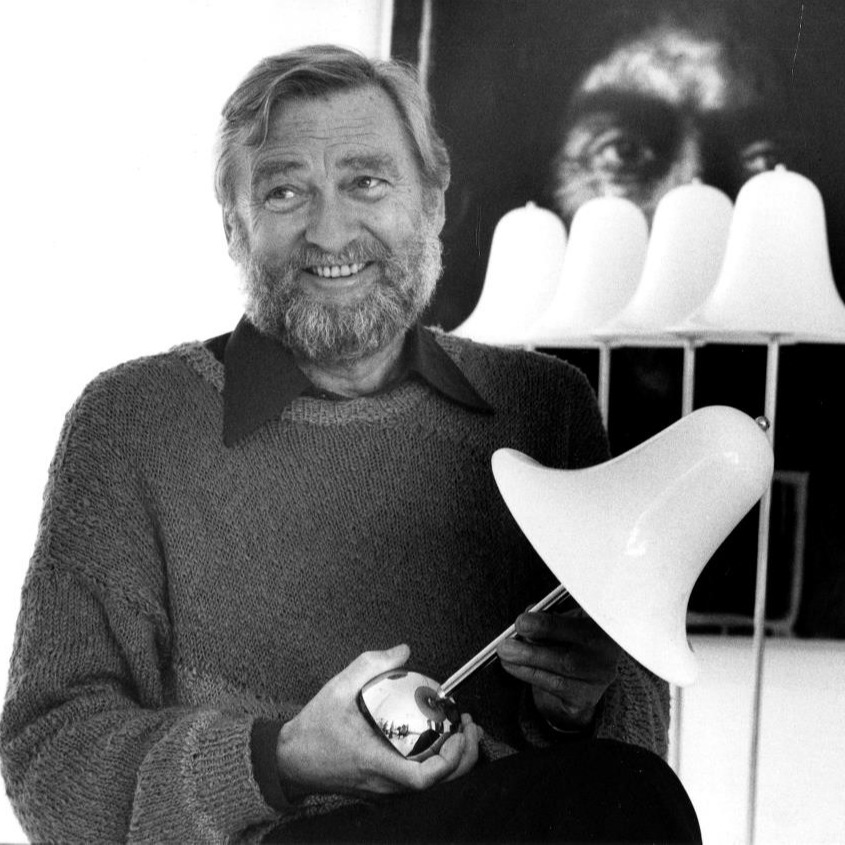
Verner Panton was considered one of Denmark's most influential 20th-century furniture and interior designers. During his career, he created innovative and futuristic designs in a variety of materials, especially plastics, and in vibrant and exotic colors. His style was very 1960s but regained popularity at the end of the 20th century. As of 2004, Panton's best-known furniture models are still in production (at Vitra, among others).
















